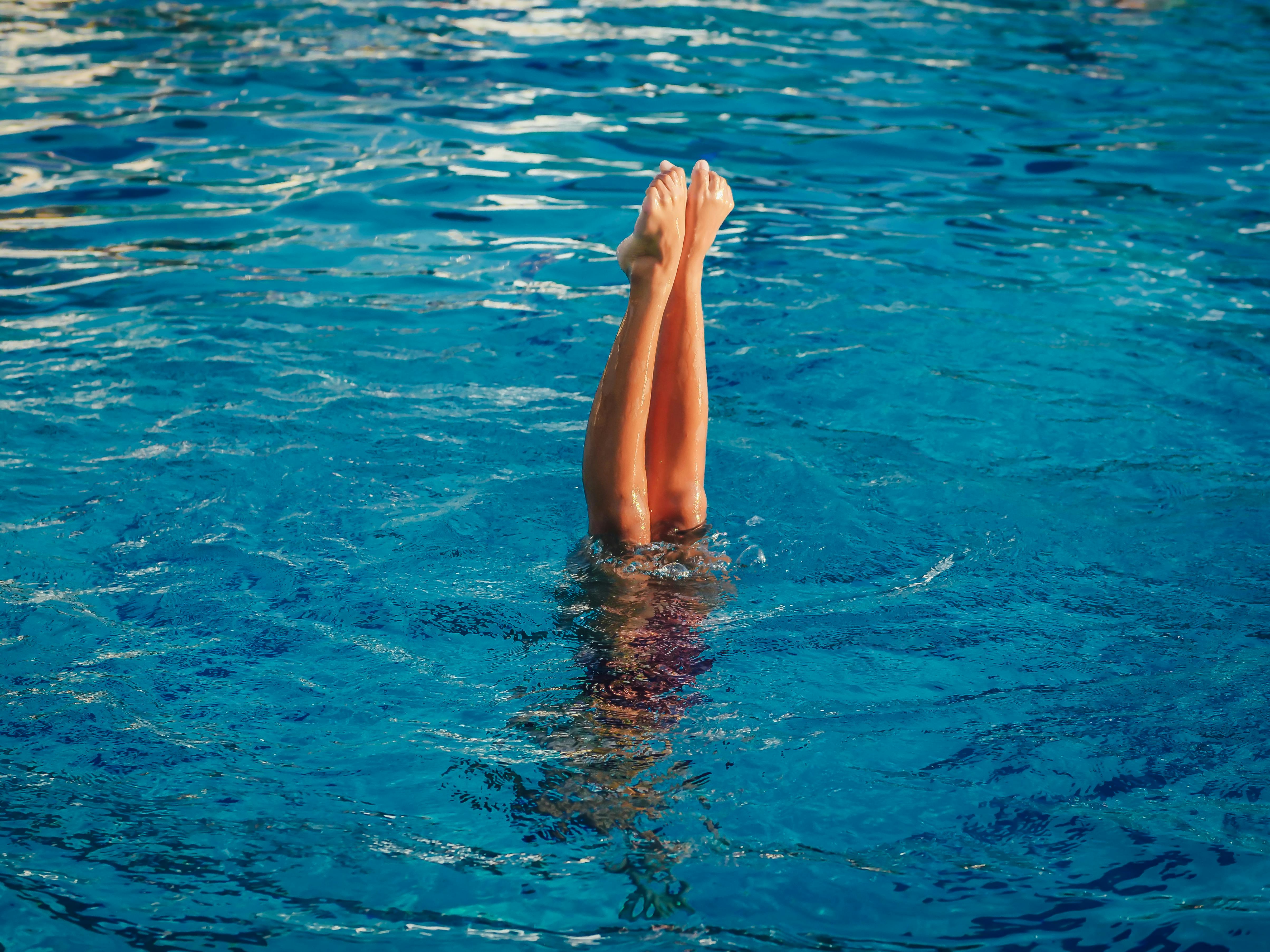Unveiling the Mystery: The Intricate Art of Synchronized Swimming
Synchronized swimming often captivates viewers with its beautiful displays of grace and athleticism. Yet, beneath the surface, there lies an intricate sport that demands strength, agility, endurance, flexibility, and exceptional breath control. This article delves into the fascinating world of synchronized swimming, tracing its evolution, examining current trends, and analyzing its demanding physical requirements.

Setting the Stage: Historical Background of Synchronized Swimming
Synchronized swimming, originally known as water ballet, gained popularity in the late 19th and early 20th centuries. Its roots trace back to aquatic ballet performances at European circuses and fairs. However, it was in the United States that the sport took shape, with the formation of water ballet clubs and the first competitions. The sport made its Olympic debut at the 1984 Los Angeles Games and has been a staple of the Summer Olympics ever since.
The Dance of the Water: Understanding the Sport
In synchronized swimming, athletes perform choreographed routines to music while staying afloat in deep water. This requires a blend of swimming, dance, and gymnastics skills. Athletes must demonstrate strength, flexibility, and endurance, as well as exceptional synchronization and artistic flair. They are also required to perform complex lifts and throws, all while maintaining perfect synchronization with their teammates and the music.
The Rise and Shine: Current Trends in Synchronized Swimming
Synchronized swimming has evolved over the years, with increasing emphasis on athleticism and technical difficulty. New elements are continually introduced, pushing the boundaries of what is possible in the sport. Today’s synchronized swimmers are more athletic and technically skilled than ever before, performing high-flying throws, complex twists, and intricate formations that require incredible strength and precision.
The Hidden Challenges: Physical and Psychological Demands
Synchronized swimming is one of the most physically demanding sports. Athletes must be strong swimmers with excellent breath control, as they often spend significant time underwater. They must also have the strength to lift and throw their teammates, and the flexibility to execute complex maneuvers. Additionally, the sport requires intense concentration and the ability to stay calm under pressure, as any mistake can disrupt the synchronization and cost the team valuable points.
The Takeaway: Appreciating the Art and Science of Synchronized Swimming
Synchronized swimming is a beautiful blend of art and athleticism, requiring incredible physical and mental strength. It’s a sport that continues to evolve, pushing the boundaries of what is possible in the water. By understanding its historical context, current trends, and physical demands, we can better appreciate the skill, dedication, and athleticism required to excel in this captivating sport.




